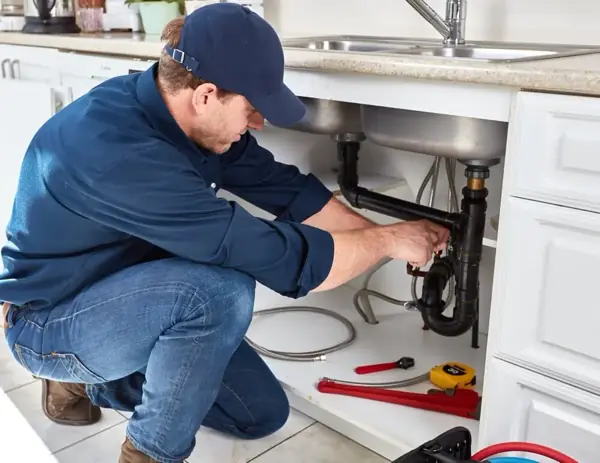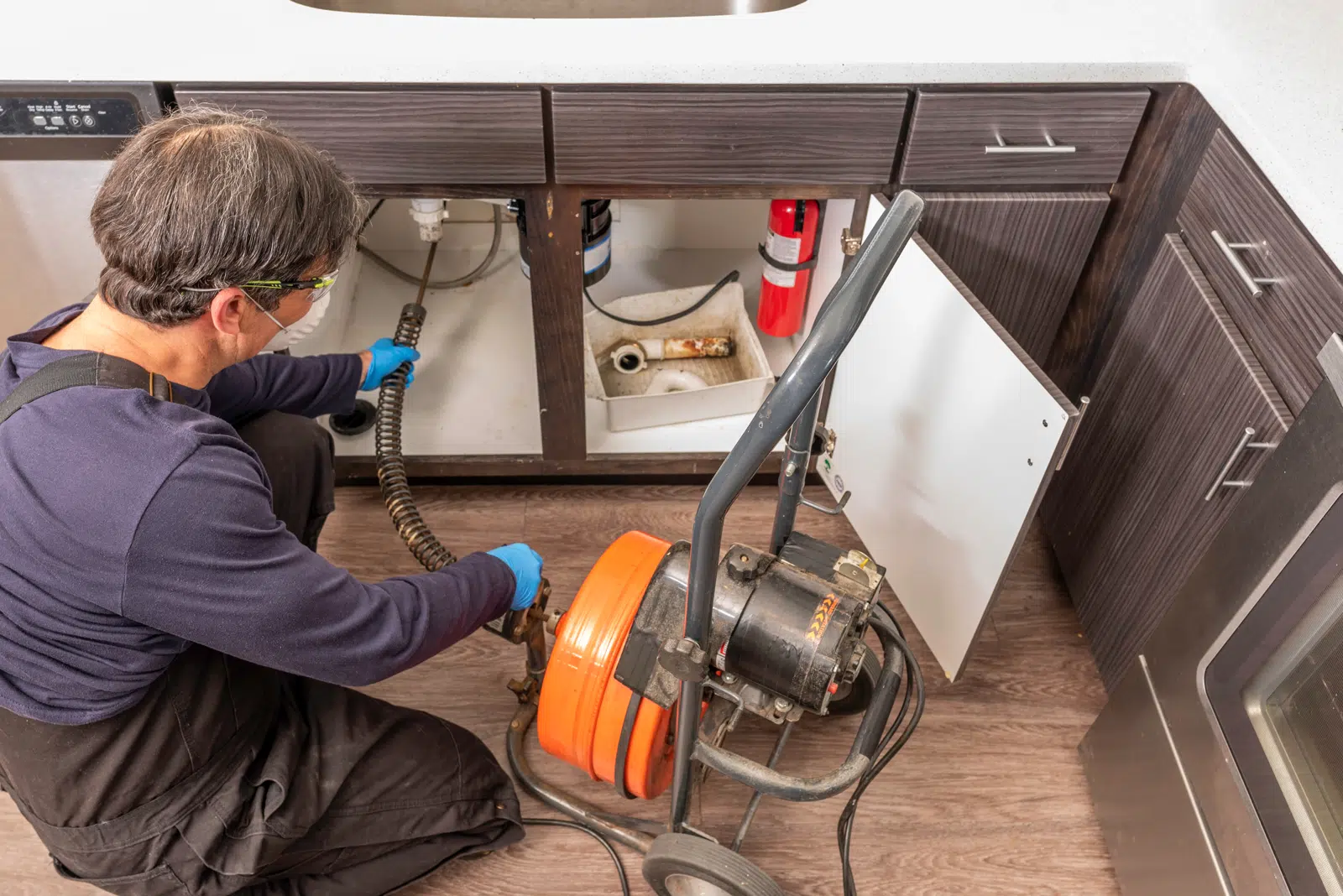Installing a new sink can transform your kitchen or bathroom, but it’s easy to make mistakes that can cost you time and money. Whether you’re a DIY enthusiast or hiring a professional, understanding common pitfalls can save you from headaches down the road. In this guide, we’ll walk you through the most frequent sink installation errors and how to avoid them.
From choosing the wrong size to improper sealing, these mistakes can lead to leaks, water damage, and additional expenses. By being informed and prepared, you can ensure a smooth, efficient installation and enjoy your new sink without unnecessary stress. Let’s dive in and learn how to do it right the first time!
What are the most common plumbing mistakes when installing a sink?
The most common plumbing mistakes when installing a sink include:
- Incorrect Measurements: Please accurately measure the sink and countertop space to avoid a sink that doesn’t fit properly, causing delays and additional costs.
- Not Turning Off the Water Supply: Remember to turn it off before installing it, which can result in flooding and water damage.
- Improper Sealing: Using the wrong type of sealant or not applying it correctly can cause leaks around the sink, leading to water damage and mold growth.
- Misaligned Plumbing: Failing to align the sink drain with the existing plumbing can create drainage problems and strain the pipes, potentially leading to leaks.
- Loose or Improper Mounting: Not securing the sink properly with the correct brackets and supports can result in an unstable sink that may move or make noise when used.
- Ignoring Manufacturer Instructions: Skipping or ignoring the manufacturer’s instructions can lead to mistakes and improper installation, which may void warranties or lead to future problems.
- Incorrect Pipe Connections: Using the right fittings or not securing pipe connections tightly can prevent leaks and reduce water flow efficiency.
- Overtightening Fixtures: Over-tightening plumbing fixtures and connections can damage threads and create leaks.
Avoiding these mistakes by carefully planning, measuring, and following instructions can help ensure a successful sink installation.
How can I avoid leaks when installing a new sink?
To avoid leaks when installing a new sink, follow these essential tips:
- Turn Off Water Supply: Ensure the water is completely turned off before installation to prevent accidental leaks or flooding.
- Use Proper Sealing: Apply the correct type of sealant, such as the plumber’s putty or silicone caulk, around the edges of the sink and any fittings. Follow the manufacturer’s recommendations for the appropriate sealant.
- Ensure Proper Alignment: Ensure the sink drain is correctly aligned with the plumbing. Misaligned drains can cause water to pool and lead to leaks.
- Tighten Connections Carefully: Tighten all plumbing connections securely but avoid over-tightening, which can damage threads and cause leaks. Use a wrench if necessary, but be gentle.
- Check for Gaps: Inspect the sink installation for gaps between the sink and countertop. If needed, use additional sealant to ensure a watertight fit.
- Use Quality Materials: Opt for high-quality gaskets, washers, and fittings to ensure a reliable seal. Inferior materials may degrade quickly and lead to leaks.
- Test for Leaks: Turn the water supply back on after installation and test the sink by running water. Check all connections and seals for any signs of leakage. Address any issues immediately by tightening connections or applying additional sealant.
- Follow Manufacturer Instructions: Adhere to the manufacturer’s instructions for the sink and the sealant. Proper installation techniques, as specified by the manufacturer, can prevent leaks.
- Inspect and Replace Old Plumbing: If the existing plumbing is old or damaged, consider replacing it. Worn-out pipes and fittings are more prone to leaks.
- Regular Maintenance: Periodically check under the sink for any signs of moisture or leaks and address them promptly to prevent further damage.
By following these steps, you can ensure a secure, leak-free installation for your new sink.
What should I do if my sink drain is incorrectly aligned during installation?
If your sink drain is incorrectly aligned during installation, follow these steps:
- Turn Off Water Supply: Prevent leaks by turning off the water supply.
- Assess Misalignment: Identify the issue causing the misalignment.
- Adjust Sink Position: Reposition the sink or adjust mounting brackets to improve alignment.
- Use Flexible Plumbing: Flexible connectors or P-trap assemblies to accommodate minor misalignments.
- Extend or Shorten Pipes: Cut and adjust drain pipe length for proper fit.
- Install Offset Drain Kit: Use an offset drain kit for significant misalignments.
- Check and Tighten Connections: Secure all connections without over-tightening.
- Seal All Joints: Apply the plumber’s tape and sealant to ensure watertight joints.
- Test for Leaks: Turn the water back on, run the sink, and check for leaks.
- Consult a Professional: If issues persist, seek help from a professional plumber.
By following these steps, you can ensure proper alignment and a leak-free sink installation.
Are any special tools or materials needed to prevent common sink installation errors?
The right tools and materials are crucial to prevent common sink installation errors. Essential tools include an adjustable pipe and basin wrench for tightening and loosening various fittings.
A pipe cutter or hacksaw is necessary for cutting pipes to the correct length, while a level ensures the sink is aligned correctly. Plumbers (Teflon tape) seers threaded pipe connections to prevent leaks.
Additionally, a caulking gun is needed to apply sealant around the sink edges, and a measuring tape ensures accurate measurements for fitting the sink and plumbing.
Necessary materials include plumber’s putty or silicone caulk to create a watertight seal around the sink and drain. Flexible plumbing connectors help accommodate slight misalignments and ensure secure connections.
Pipe fittings like elbows, couplings, and adapters help connect the sink to the existing plumbing. Mounting brackets are necessary for securely attaching the sink to the countertop, and gaskets and washers prevent leaks at connection points.
Having a bucket on hand can catch any water spills during installation or adjustments. Using these tools and materials correctly can help ensure a successful, leak-free sink installation.
Install Your Sink Right & Save Money!
Install your sink right and save money with Hi-Desert Plumbing. Our expert team ensures a flawless sink installation, avoiding common mistakes that can lead to costly repairs and wasted time. We use the right tools and materials to guarantee a leak-free, perfectly aligned sink that enhances your kitchen or bathroom.
Trust our professional services to handle everything from accurate measurements to proper sealing and alignment, ensuring your sink is installed efficiently and correctly. Contact Hi-Desert Plumbing today to schedule your sink installation and experience peace of mind with expert plumbing solutions.





